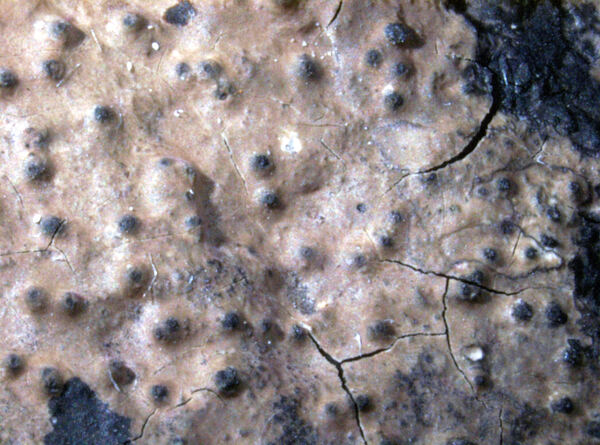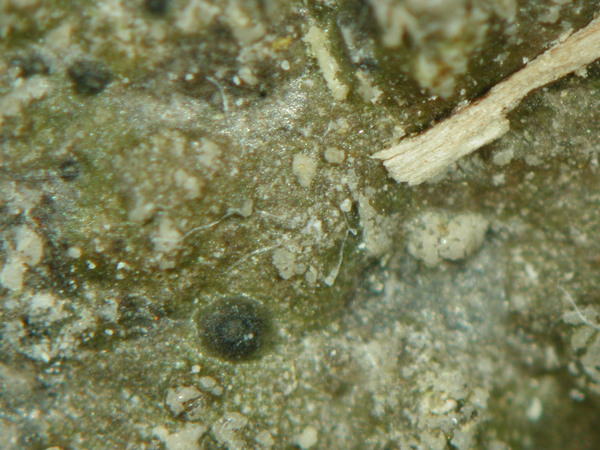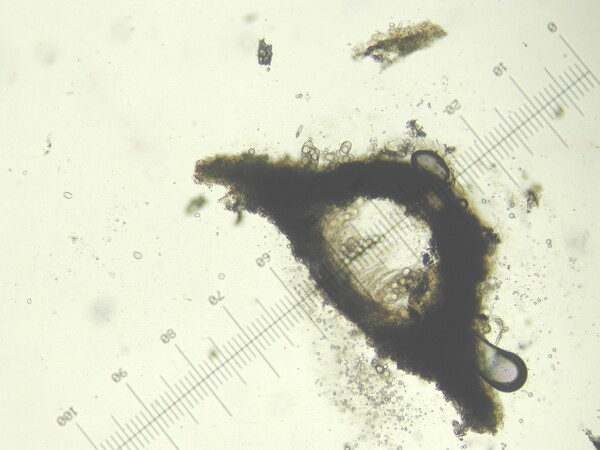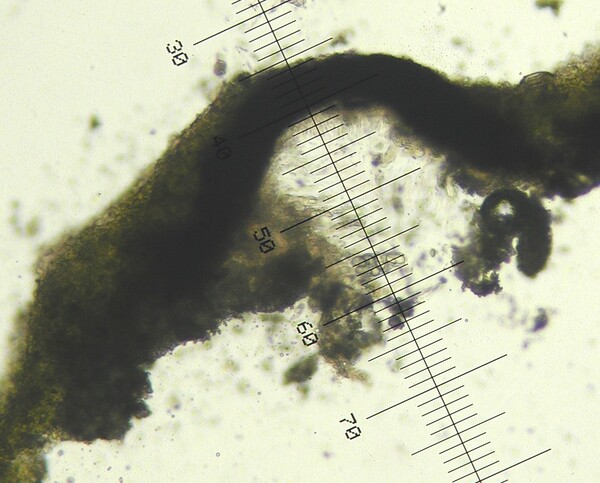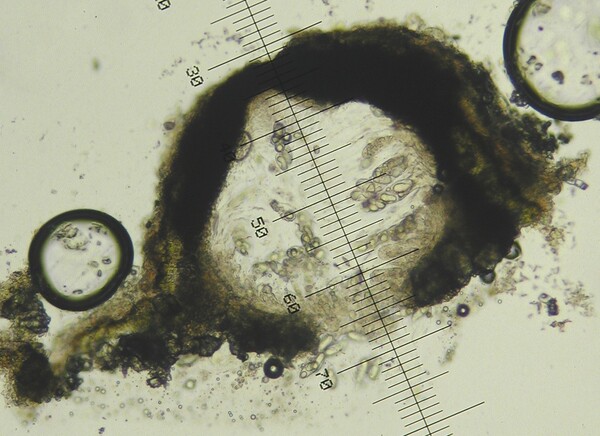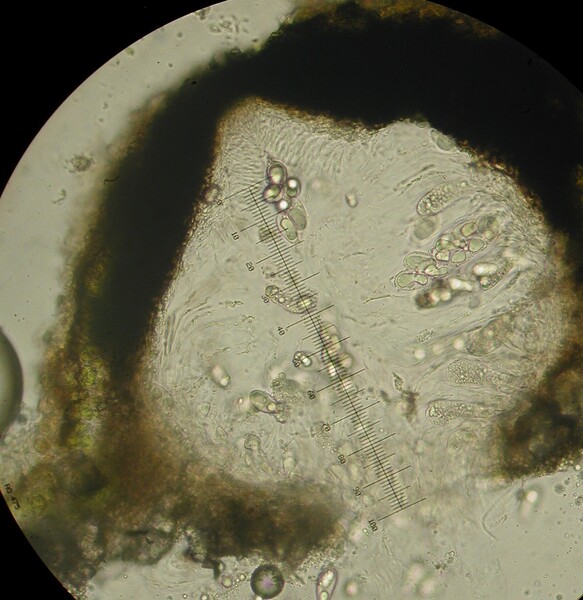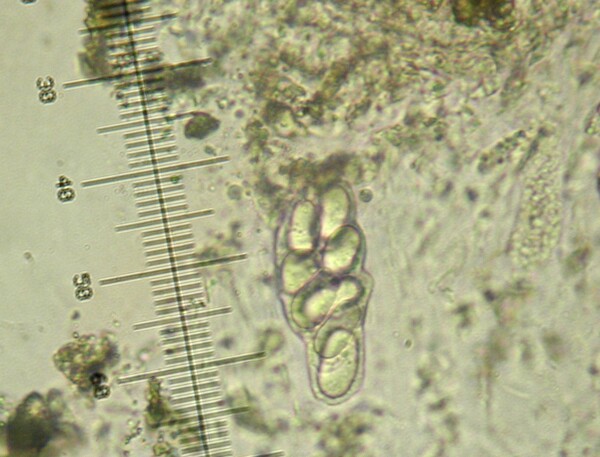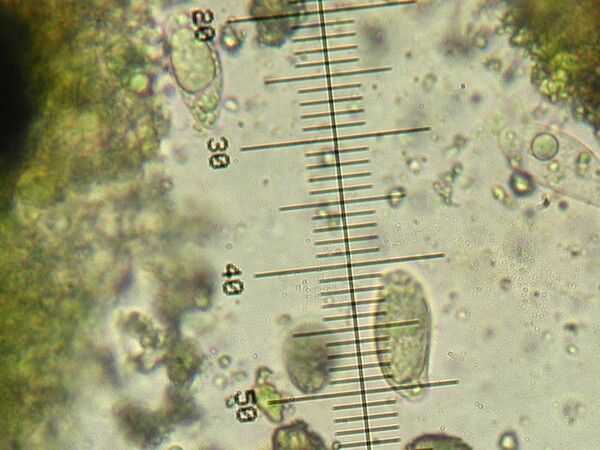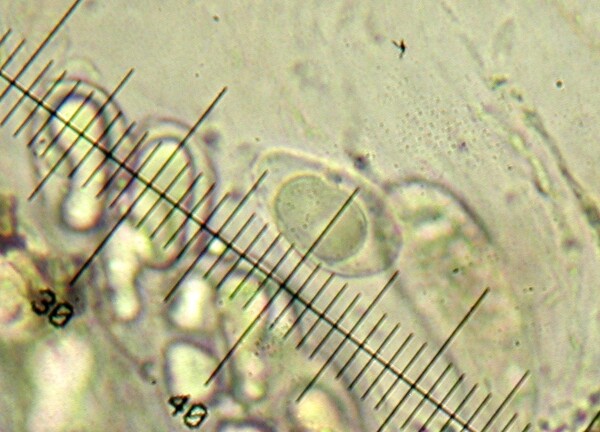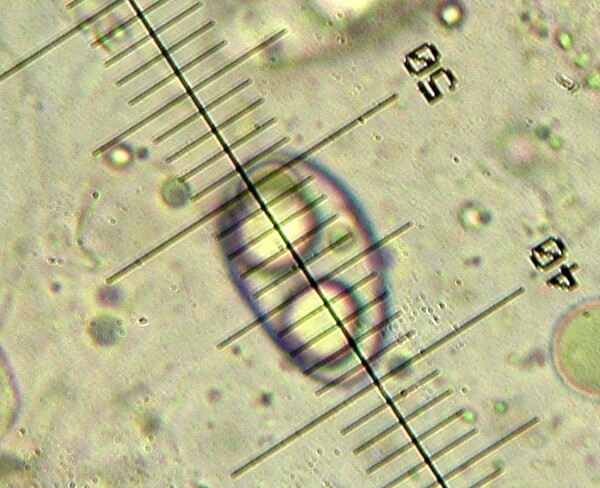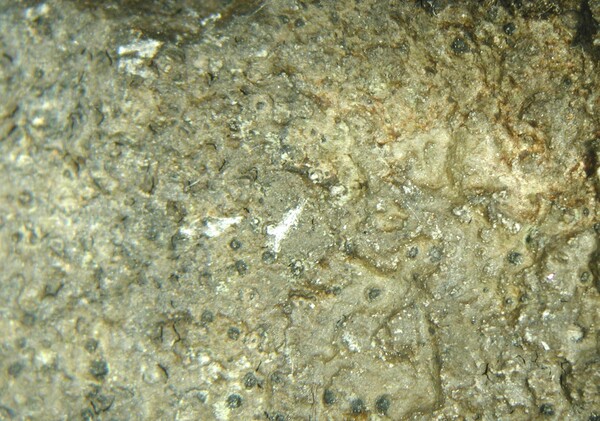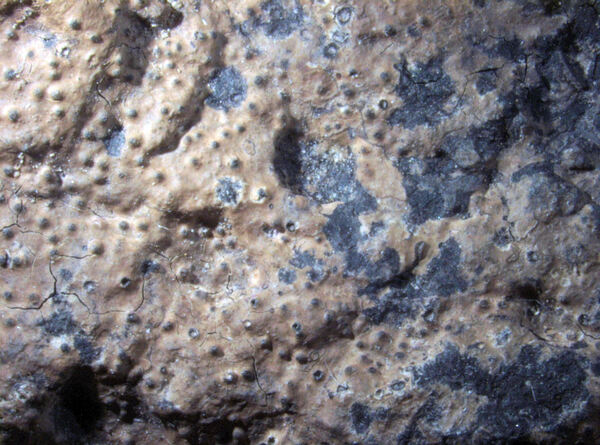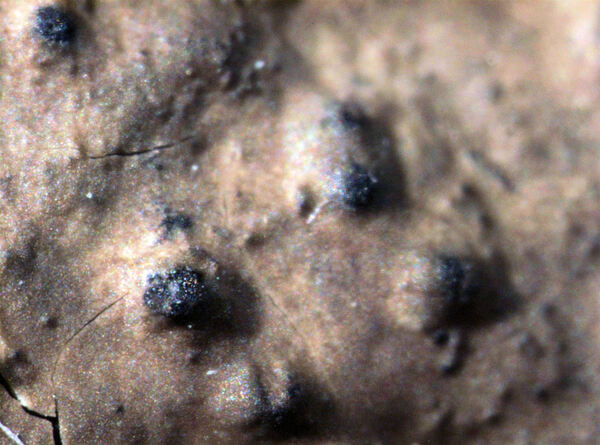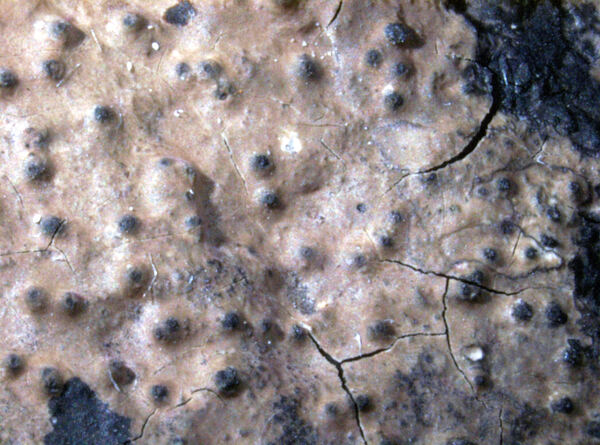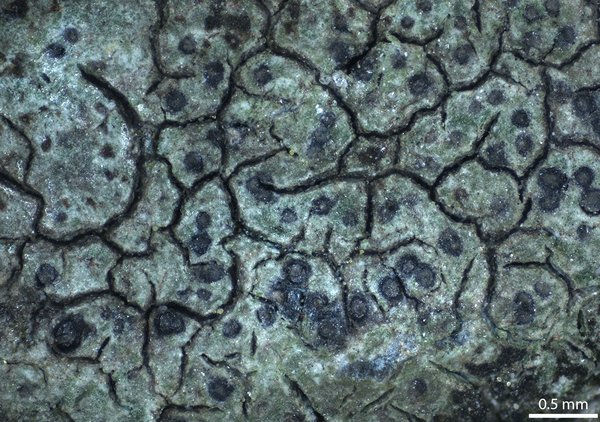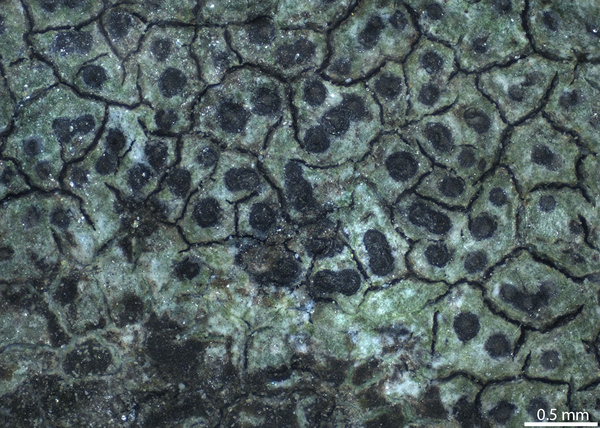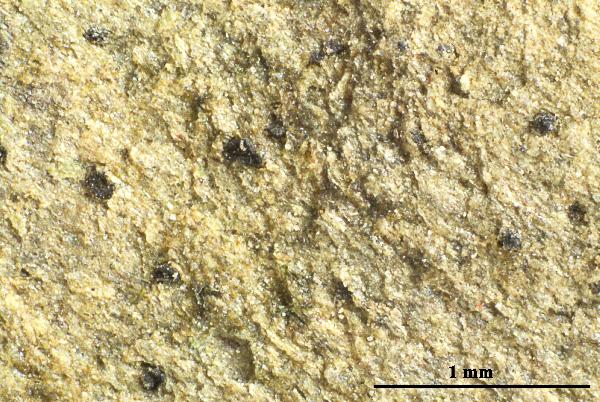Verrucaria elaeomelaena (A. Massal.) Arnold
Verh. zool.-bot. Ges. Wien, 18: 958, 1868. Basionym: Lithocia eleaomelaena A. Massal. - Atti Ist. Ven. Sc. Lett. Arti, ser. 3, 2: 380, 1856.
Synonyms: Verrucaria davosiensis Zschacke; Verrucaria degenerascens Nyl. ex A.L. Sm.; Verrucaria jurana Zschacke
Description: Thallus crustose, episubstratic, continuous or (rarely) weakly cracked, smooth, subgelatinous when wet, 20-150 μm thick, greenish-grey to grey in shade forms, pale to dark brown in sun-forms, sometimes delimited by a thin, whitish prothallus. Cortex poorly developed; medulla not differentiated or sometimes forming a 5-75 μm thick, pigmented basal layer. Perithecia numerous (36-113/cm2) distinctly to weakly projecting, usually almost completely covered with a thin thalline layer. Involucrellum 17-25 μm thick, of very variable extension, from apical to reaching base-level; exciple 0.2-0.35 mm across, the wall colourless or brownish in upper part, always colourless at base, with a transparent area between exciple base and the basal part of involucrellum; hamathecium of (18-)20-25(-40) μm long periphyses and periphysoids, interascal filaments absent; hymenial gel hemiamyloid, I+ red (I+ blue at very low concentrations of I), K/I+ blue. Asci 8-spored, pyriform to obovate, I-, fissitunicate, the wall thickened above, with an ocular chamber, dehiscent by extrusion of an endotunica to form a delicate rostrum, Verrucaria-type. Ascospores 1-celled, hyaline, broadly ellipsoid to ovoid, (18-)21-27(-32) x (9.5-)12-14(-16) μm, when young often with a distinct gelatinous sheath. Photobiont chlorococcoid, the cells arranged in vertical rows. Spot tests: K-, C-, KC-, P-, UV-. Chemistry: without lichen substances.
Growth form: Crustose
Substrata: rocks
Photobiont: green algae other than Trentepohlia
Reproductive strategy: mainly sexual
Periodically submerged (e.g. in creeks)
Commonnes-rarity: (info)
Alpine belt: very rare
Subalpine belt: rare
Montane belt: very rare
Dry submediterranean belt: absent
Humid submediterranean belt: absent
Padanian area: absent
pH of the substrata:
1 2 3 4 5
Solar irradiation:
1 2 3 4 5
Aridity:
1 2 3 4 5
Eutrophication:
1 2 3 4 5
Poleotolerance:
0 1 2 3
Altitudinal distribution:
1 2 3 4 5 6
Rarity
absent
extremely rare
very rare
rare
rather rare
rather common
common
very common
extremely common
Loading data...
Occurrence data
Predictive map
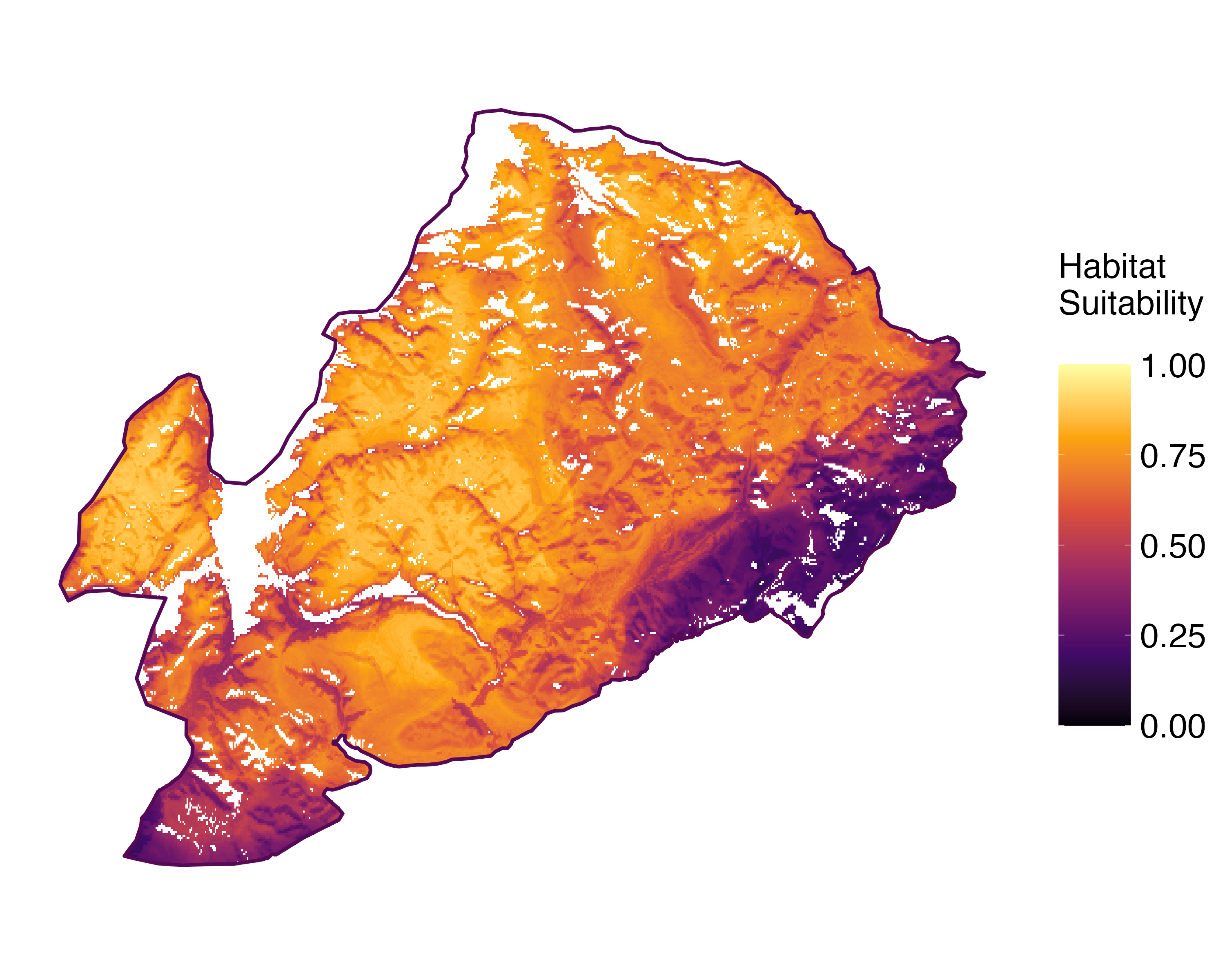 Current prediction (1981-2010)
Current prediction (1981-2010) Future prediction (2071-2100) SSP 1-2.6
Future prediction (2071-2100) SSP 1-2.6 Future prediction (2071-2100) SSP 5-8.5Predictive maps according to Francesconi et al. 2025
Future prediction (2071-2100) SSP 5-8.5Predictive maps according to Francesconi et al. 2025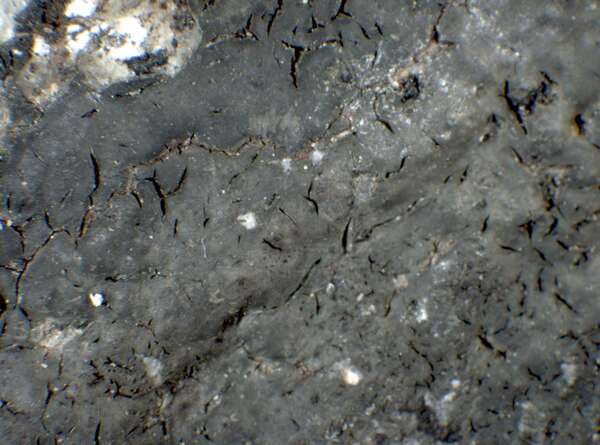
P.L. Nimis; Owner: Department of Life Sciences, University of Trieste
Herbarium: TSB (34463)
2002/01/15
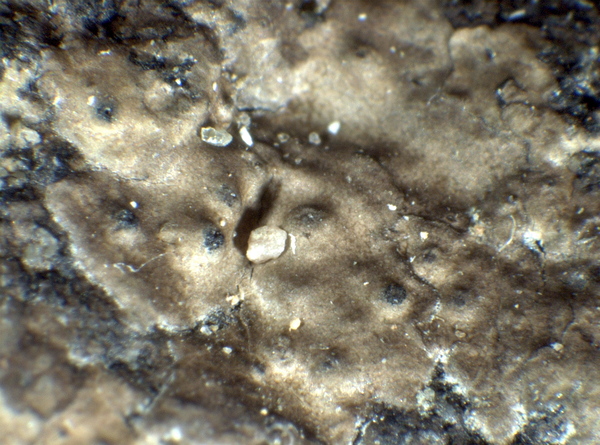
P.L.Nimis; Owner: Department of Life Sciences, University of Trieste
Herbarium: TSB (36802)
2008.02.25
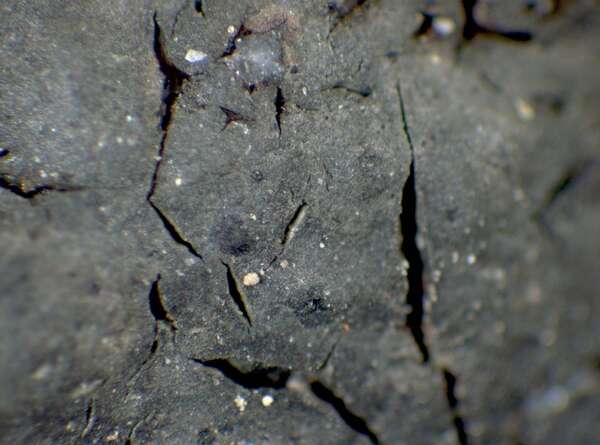
P.L. Nimis; Owner: Department of Life Sciences, University of Trieste
Herbarium: TSB (34463)
2002/01/15
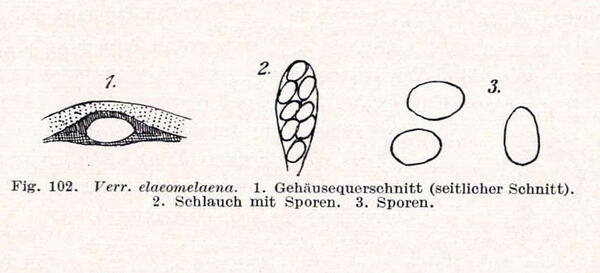
Zschacke, H. (1934) Epigloeaceae, Verrucariaceae und Dermatocarpaceae. In: Dr. L. Rabenhorst‘s Kryptogamen-Flora, Band 9, Abt. 1, Teil 1. Akademische Verlagsgesellschaft, Leipzig, 695 pp. - Public Domain
Growth form: Crustose
Substrata: rocks
Photobiont: green algae other than Trentepohlia
Reproductive strategy: mainly sexual
Periodically submerged (e.g. in creeks)
Commonnes-rarity: (info)
Alpine belt: very rare
Subalpine belt: rare
Montane belt: very rare
Dry submediterranean belt: absent
Humid submediterranean belt: absent
Padanian area: absent
pH of the substrata:
| 1 | 2 | 3 | 4 | 5 |
Solar irradiation:
| 1 | 2 | 3 | 4 | 5 |
Aridity:
| 1 | 2 | 3 | 4 | 5 |
Eutrophication:
| 1 | 2 | 3 | 4 | 5 |
Poleotolerance:
| 0 | 1 | 2 | 3 |
Altitudinal distribution:
| 1 | 2 | 3 | 4 | 5 | 6 |
Rarity
absent
extremely rare
very rare
rare
rather rare
rather common
common
very common
extremely common
Loading data...
Occurrence data
Predictive map
 Current prediction (1981-2010)
Current prediction (1981-2010) Future prediction (2071-2100) SSP 1-2.6
Future prediction (2071-2100) SSP 1-2.6 Future prediction (2071-2100) SSP 5-8.5
Future prediction (2071-2100) SSP 5-8.5Predictive maps according to Francesconi et al. 2025

P.L. Nimis; Owner: Department of Life Sciences, University of Trieste
Herbarium: TSB (34463)
2002/01/15

P.L.Nimis; Owner: Department of Life Sciences, University of Trieste
Herbarium: TSB (36802)
2008.02.25

P.L. Nimis; Owner: Department of Life Sciences, University of Trieste
Herbarium: TSB (34463)
2002/01/15



